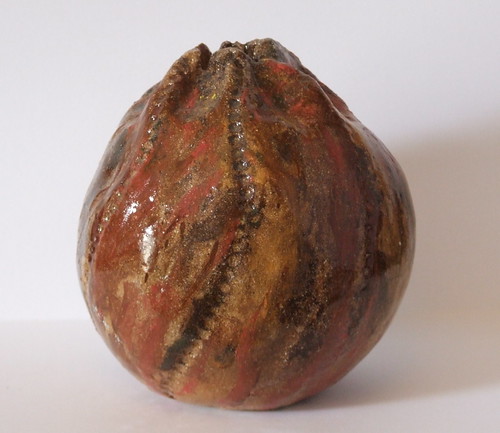

1. Warehousing and sorting
The cow skins are preserved in salt in their raw form.They are stored in cool rooms before being processed and presorted for weight and quality.

2. Soaking
The process used to remove dirt and salt from the skins.


3. De-Fleshing
A roller mounted knife is used to remove any leftover flesh, tissue and fat.
4. Liming
Lime and Sulphur Compound is used to take remove the hairs from the skin.

5. Bating, pickling, tanning
The skins are treated with acid and salt in preparation for tanning. During Tanning the skin becomes leather as it has absorbed the tanning agents.


6. Samming
Water is removed.

7. Splitting
The leather is reduced in substance in order to achieve a specified thickness. The remains of the split leather can then be further processed into suede.
8. Skiving
The grain leather is brought to an even thickness. Irregularities are removed from the reverse side and the leather is separated into colour-batches.


9. Sorting
The leather is sorted into various quality grades
10. Neutralising, filling out, dyeing and greasing
The acid resulting from the tanning process is neutralized. Dyeing than takes place, where appropriate with anilin-dye-stuffs. The greasing procedure will finally achieve the correct softness.

11. Drying
Two methods are used to dry leather. The vacuum process during which moisture is removed by suction and the hanging process, when leather is hung and taken through ovens
12. Staking
Following drying the leather is mechanically staked in order to soften it. Further processes take place in preparation for finishing.



13. Finishing
Here the leather is given its final surface treatment and look. Through processes of base coat, colouring, embossing, ironing the leather becomes, depending on the demands of fashion, matt or shiny, two-tone or uni-coloured, smooth or grained. The art of finishing lies in working in wafer-thin layers without disturbing the natural look of the leather and its characteristics such as suppleness and breathability.
14. Quality Control
In between every process quality is controlled. Final control checks to ensure each individual production is to specification and sortation into various trades.
15. Despatch
The leather is measured electronically, wrapped and despatched
Ref:www.euroleather.com/process
Leather: I looked at leather as I feel that it is one fabric that never goes out of fashion. I am going to use leather within my trend prediction for a/w 2011-12 as its warm, durable and will look good tailored.
Contemporary art using leather.
 by Eva Rothschild.
by Eva Rothschild.Ref: contemporarypaintings.eu
Top end designers are using leather. Therefore you can't go wrong. Leather will always be on trend from season to season regardless.
 ref: fiveprime.org
ref: fiveprime.org
No comments:
Post a Comment